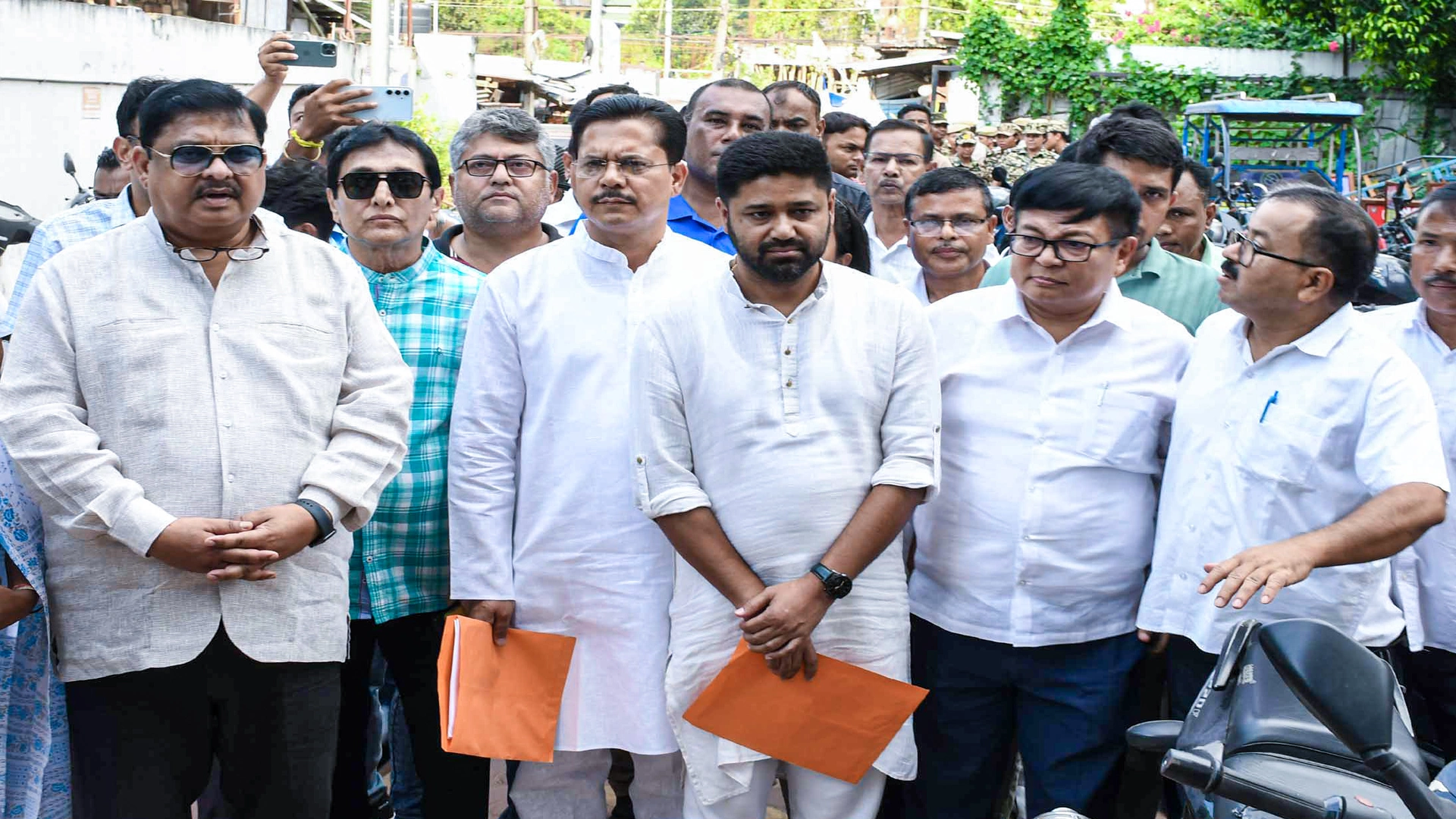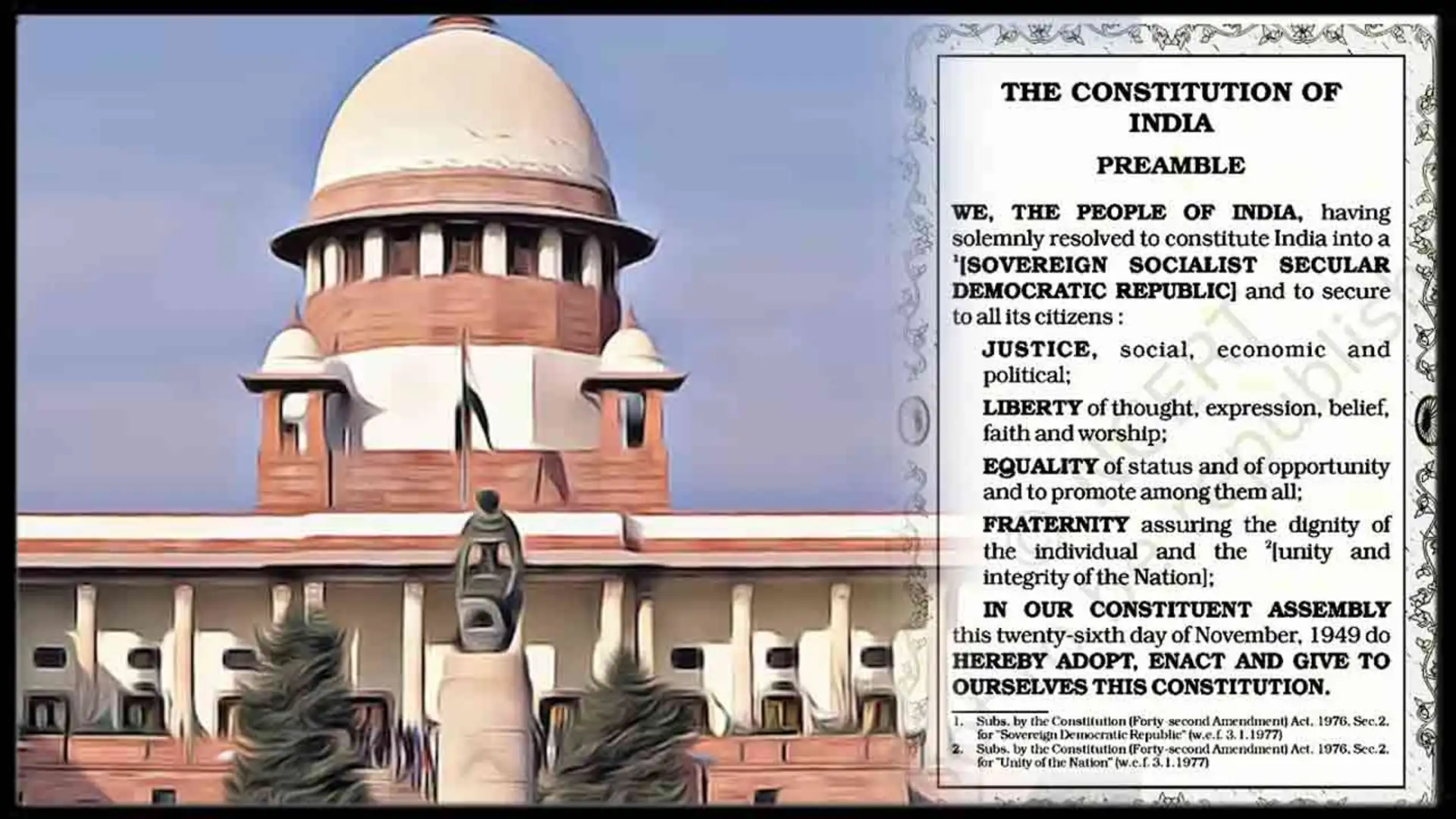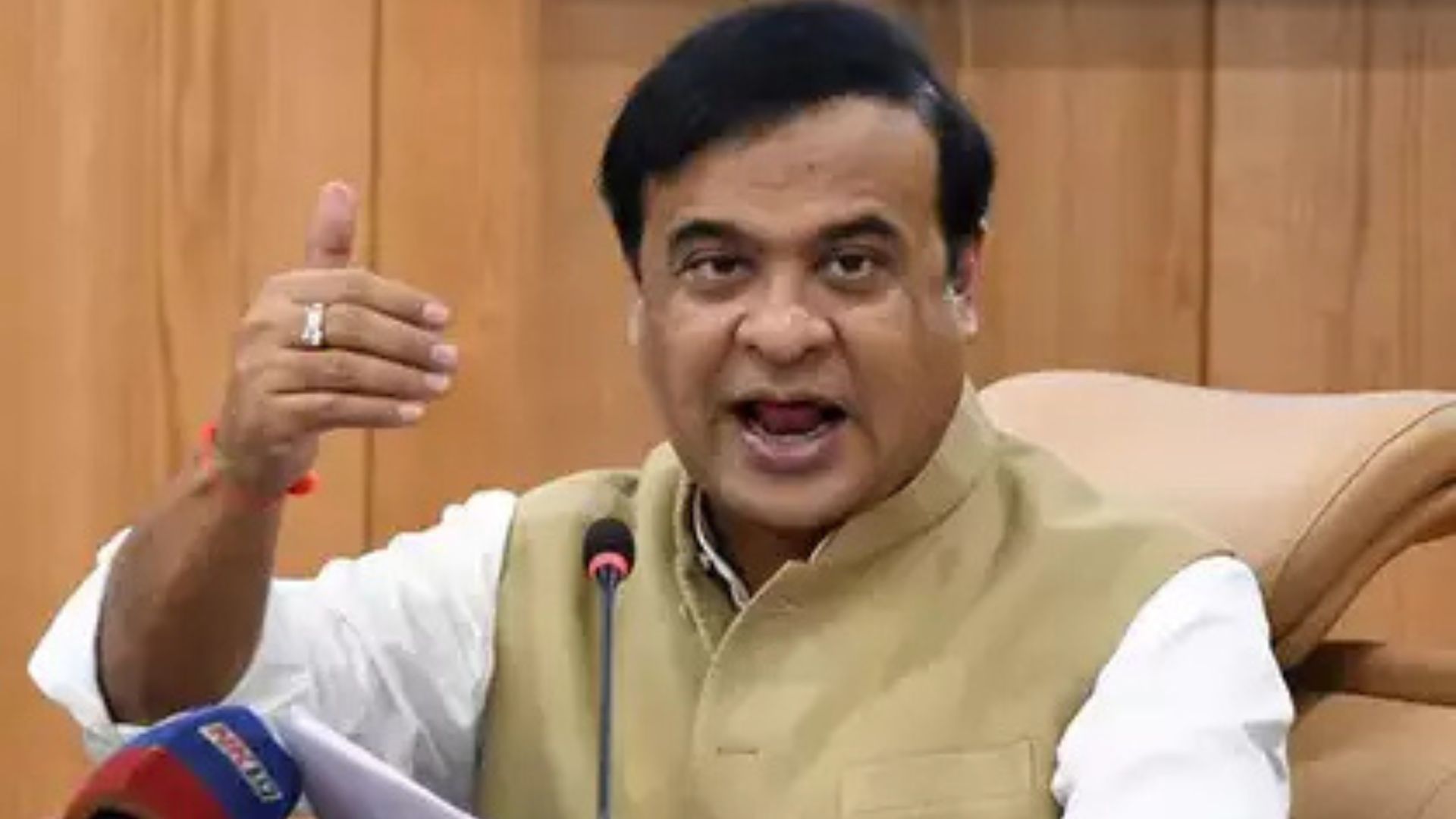
The sun rose brightly at the 6-A, Deen Dayal Upadhyay Marg office of the BJP in New Delhi and continued to shine throughout the day as the party won in four of the five states that had gone to the polls in February and March.
Out of these five states, the BJP retained power in Uttar Pradesh, Uttarakhand, Goa and Manipur. The fifth state, Punjab, where the BJP itself had no real expectations, was snatched from the Congress by a resurgent Aam Aadmi Party (AAP).
In Uttar Pradesh, the party rewrote the pages of history that was made in the period between 9 June 1980 and 5 December 1989, encompassing the 8th and the 9th Assemblies, when the voters re-elected the incumbent Congress government. Since then, no party has come back to power without a gap.
However, this long held record was broken on Thursday as the people of Uttar Pradesh reposed their faith in the Yogi Adityanath government and gave a thumbs-up to, among other “achievements”, his sustained focus on improving law and order in the state.
BJP booth workers, who spoke to The Daily Guardian on Thursday, said that the common sentiment on voting day among voters was that the present political dispensation might have not many things in the last five years, but it has at least ensured that the mafia/gundaraj (rule of criminals) has ended. “Aakhir mai sab log isi ke karan kamal ko badaya (In the end, everyone pressed the Lotus button due to this feeling),” said a party booth worker from one of the seats of Allahabad.
In Uttar Pradesh, at 11 pm, out of 403 seats, the BJP and allies were ahead on 275 seats, while the Samajwadi Party and allies were ahead on 123 seats.
Even though the BJP was battling massive anti-incumbency against its MLAs, the party’s loss from the 312 seats that it won in the 2017 elections, was fewer than 50 seats. Though the BJP’s seats decreased, its vote share saw an increase of almost 2%—from 39.6% to 41.6%, indicating that the number of people who voted for BJP had increased in significant numbers in the state.
The Samajwadi Party, which was led by Akhilesh Yadav, was leading on 123 seats, an impressive increase of seats from what it had won in 2017—47. However, this effort, which was showcased in the large number of people that were attending the SP’s rally, proved to be inadequate. Its alliance partner, Rashtriya Lok Dal (RLD) was leading on 8 seats with a vote share of just 3% despite marketing itself as the party of the Jats and farmers who were “angry” with the BJP.
Congress’s Priyanka Gandhi Vadra, who was leading the campaign in India’s largest state, perhaps faced the biggest political setback of her life, as the party could only win 2 seats, a decrease of 5 seats from the 7 that it had won earlier. While the Congress was not even dreaming of forming the government in the state, it was, as per party insiders, expecting to do well on at least 25-30 seats due to the “efforts” put by their leaders, including Chhattisgarh Chief Minister Bhupesh Baghel who was entrusted with arranging resources for the party.
The Mayawati led Bahujan Samaj Party (BSP) was leading on 1 seat at the time of going to press. It had won 19 seats in the last elections. The party witnessed a sharp decrease in its vote share by almost 10%. The majority of this went to the Samajwadi Party whose vote share increased by 10% from what it got in 2017. This dismal performance of Mayawati, who has been termed as the “B team” of the BJP by the opposition, is likely to push the party to a position from where it is unlikely to bounce back as the shifting of its voters to SP suggest.
Lucknow-based political observers told The Daily Guardian that the anger that voters had against many BJP MLAs, mainly because they remained “inaccessible”, was to a large extent assuaged by the intervention of Prime Minister Narendra Modi who spent night and day in the state to campaign for the party. The results in UP, have again cemented the political understanding that PM Modi is the party’s largest calling card, even after 8 years of arriving at the national political scene. Many seats of Varanasi which were deemed to be lost for the party, were won after the PM visited the city and met the voters.
Apart from Adityanath, who ruled the state and contested the elections aggressively and even took some “controversial” steps in the last five years, the political stature of Union Minister Dharmendra Pradhan—who was the overall in-charge of BJP’s election campaign in the state, a role which was earlier played by Union Home Minister Amit Shah who then went on to become the national president of the party—is set to increase manifold. Pradhan, who started his political career with the present party president Jagat Prakash Nadda, with whom he shares a very warm relationship, is all set to jump into the top five in the party along-with PM Modi, Amit Shah, Adityanath and J.P. Nadda.
This win of Adityanath is likely to pave the way for a bigger role for the saffron clad leader who has proved his administrative mettle and is easily among the most liked leaders by the party cadre. Following in the footsteps of PM Modi, who proved his capabilities by “changing” Gujarat before emerging in Delhi, Adityanath, too, kept his steadfast focus on Lucknow during the last five years. Adityanath also broke the long-held superstition that any UP CM, who goes to Noida, loses the election.















